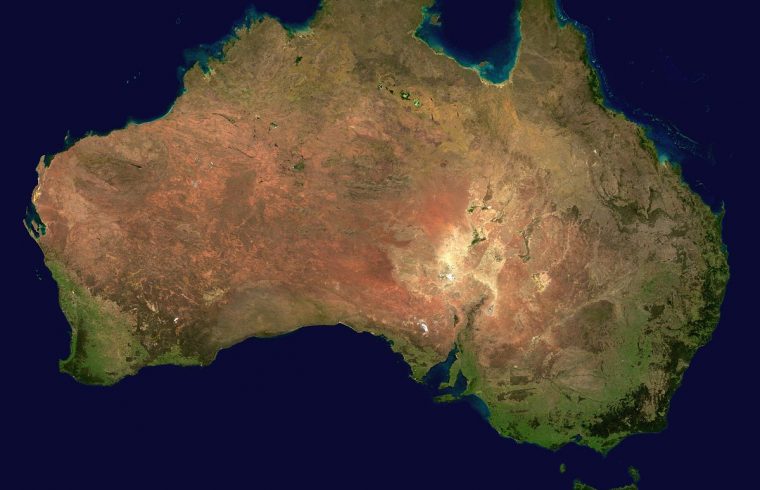NAB has launched specialist derivative products tied to environmental, social and governance (ESG) targets.
The Australian bank believes ESG derivative products will encourage Australian businesses to consider sustainability across their financial risk management.
NAB had already arranged six ESG-linked derivatives for European and UK-based customers – where the demand for such products is already well established – and is now trying this product in the Australian market, where ESG-linked derivatives are relatively unknown.
NAB first offered ESG-linked derivatives in 2020 in response to growth in European sustainability-linked loan and bond markets.
David Gall, Group Executive – Corporate & Institutional Banking at NAB, commented: “Climate action is everyone’s job. We need to be part of the solution and support our customers as they take action too.
“It is our responsibility to keep innovating and broadening our products for customers, linking sustainability to all forms of finance. We are seeing growing demand for ESG-related products across many industries and sectors, including higher education, emerging tech, and agriculture.”
“Globally, NAB has arranged over A$20 billion in sustainability-linked loans. ESG-linked derivatives naturally flow on from these facilities. Customers can hedge the interest rate, inflation and even FX risks tied to these transactions. ESG-linked derivatives provide the same benefits (i.e. reduction of risks) while at the same time fostering sustainability goals or managing ESG-related risks.”
ESG-linked bank loans have jumped to about $52 billion in volume this year (as at May 2021), a 292 percent increase compared with all of 2020. Global ESG assets are valued at over $30 trillion and the market is only likely to grow.
ESG-linked derivatives are risk management products that derive its value from both financial markets as well as a counterparty’s ESG performance.
They can be used to hedge interest rate, inflation or FX risk. They can be transacted when a client has entered into a sustainability-linked loan or bond or on a stand-alone basis.
In the case of an ESG-linked derivative that hedges interest rate risk, the credit spread charged by the arranger (for example, NAB) decreases by an agreed amount if the client meets pre-determined sustainability performance targets (SPTs), such as decarbonisation, energy efficiency, diversity of workforce or the electrification of infrastructure. Achieving the SPIs will allow the overall cost of the transaction to the client to be reduced.
An ESG-linked derivative that hedges FX or inflation risk can be tailored to specific preferences.












